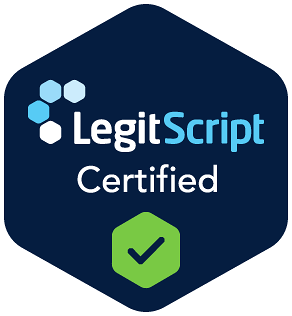Release Tension. Restore Balance. Reclaim Movement.
Assisted Stretching Therapy is more than just stretching—it’s a therapeutic experience that restores the body and supports the mind. Each session is personalized to target areas of immobility, pain, and chronic tension, helping to release restriction at its root cause. By blending strength and flexibility training with advanced range-of-motion techniques, we activate the body’s natural healing processes and deliver faster, more comfortable results.
But the benefits go beyond the physical.
Many clients experience a profound emotional release during sessions. Tension, trauma, and stress often manifest in the body—particularly in the hips, shoulders, and jaw. Our guided stretches and breathwork help unlock these holding patterns, supporting the release of stored emotional energy. This somatic unwinding can create space for greater emotional clarity, calm, and resilience.
Mental Health Support Through Movement
Assisted Stretching Therapy promotes relaxation of the nervous system, helping to lower cortisol levels and reduce anxiety. Clients often leave sessions feeling grounded, lighter, and more connected to their bodies. Over time, this therapy can support improved mood, better sleep, and increased body awareness—tools essential to emotional wellbeing and mental health.
 Skip to main content
Skip to main content